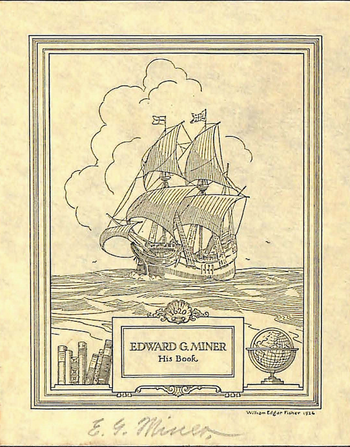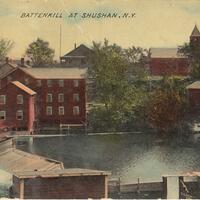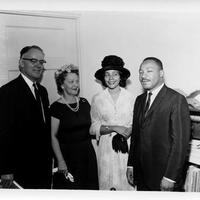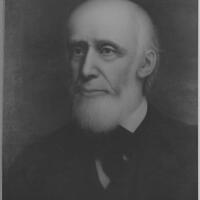Yellow Fever Collection
Collection Owner:
Cover Image:

Mémoire sur la non existence de contagion dans la fièvre jaune et la peste du Levant - Image Source
Collection Facts
Extent:
415
Dates of Original:
1741-1914
Browse within this collection
By Subject:
Creator Attribution:
Additional Information
Scope and Content Source:
Browse similar collections
NYH Topic Areas:
Collection Type:


